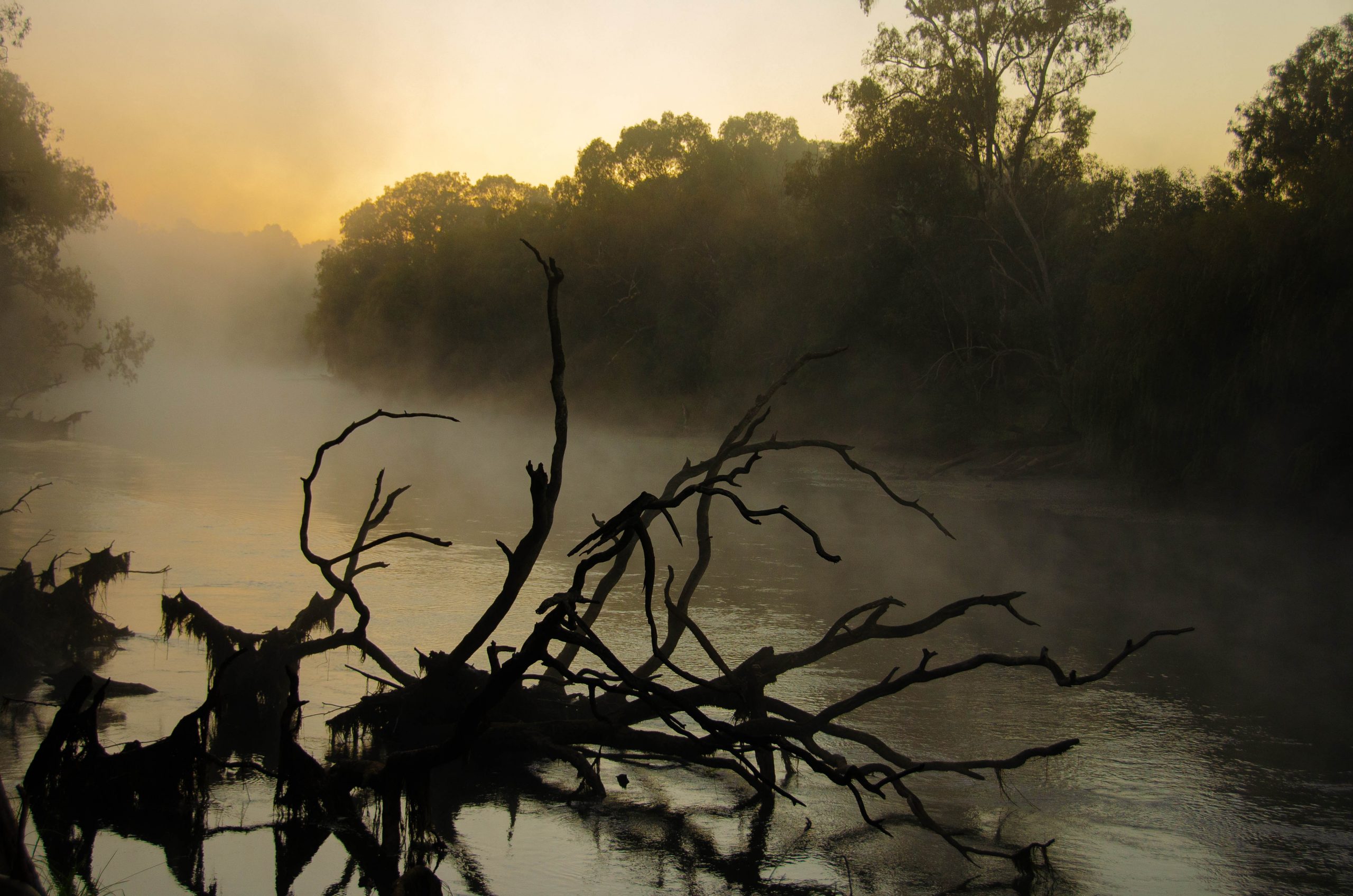ANSEL ADAMS: ART INSPIRING ACTION
Ansel Adams, the legendary photographer and environmentalist, continues to leave an enormous legacy in the contemporary world. His iconic black-and-white photographs of the American wilderness, particularly the landscapes of Yosemite National Park and the Sierra Nevada, have shaped how we perceive the natural world and our responsibility to protect it. Adams’ influence extends far beyond photography; his work resonates in art, conservation, education and advocacy for environmental protection.
Environmental Advocacy Through Art
Adams was not only a photographer but also an environmentalist. His images played a pivotal role in raising awareness about the beauty and fragility of America’s wild places. By capturing the grandeur of untouched landscapes, Adams instilled a sense of awe and an urgency to protect these spaces.
In today’s context of climate change and habitat destruction, his work is a reminder of what is at stake. His images inspire new generations of environmental activists and artists to use visual media as a tool for advocacy. Photographers, filmmakers and, now, content creators cite Adams as a role model in their efforts to document and preserve nature, using the power of art to communicate the pressing need for conservation, sustainability and community resilience.
Art as a Universal Language
Adams believed that photography could transcend language and cultural barriers, speaking directly to the human connection with nature. His images of Half Dome, the Tetons, and countless other landscapes are not just representations of places but invitations to connect with the natural world. For me, this is at the heart of an image of any landscape.
Education and Accessibility
Adams was dedicated to sharing his knowledge, ensuring that photography as an art form remained accessible to all. Through his books, workshops, and lectures, he taught countless individuals how to see the world through a lens with technical proficiency, artistic sensitivity and that passion for landscapes and their protection. Today, his teachings live on in photography schools, online courses, and workshops that emphasise the principles of visual storytelling and environmental consciousness. Adams’ philosophy – that the act of creating art is deeply tied to one’s connection to the world – continues to resonate.
Conservation Photography
Adams’ work laid the foundation for the field of conservation photography, which uses compelling visuals to advocate for the protection of ecosystems and biodiversity. Photographers cite Adams as a key influence in their work. His philosophy – that art can inspire action – remains a guiding principle for photographers who use their creativity to address pressing environmental challenges.
Continuing the Dialogue
Adams’ legacy is more than a collection of extraordinary images – it’s a call to action. His work reminds us of the intrinsic value of nature and the importance of preserving it for future generations. In a world increasingly defined by urbanisation and environmental degradation, Adams’ photographs stand as testaments to the beauty and importance, indeed the necessity, of wild spaces.
Through art, education, and advocacy, Adams continues to inspire people to see, appreciate and protect the world around them. His impact is felt across disciplines and generations.
See also The Ansel Adams Gallery.









 It represents some of the great things about Delhi – its gardens and green spaces, the fact that you have these monumental sites all over the place and they are ‘just there’, and you can see the changing nature of Delhi, and through these eyes, perhaps start to see the changing nature of India. The middle-classes walk, the homeless move on, the Delhiites read papers or do yoga or exercise in this most public of places. And you can’t forget the dogs, with their warm overcoats to keep the cold at bay (more comfortable than the homeless who inhabit the Gardens during the night but without the luxury of overcoats) – so many dogs being led by dog walkers, by servants and by owners.
It represents some of the great things about Delhi – its gardens and green spaces, the fact that you have these monumental sites all over the place and they are ‘just there’, and you can see the changing nature of Delhi, and through these eyes, perhaps start to see the changing nature of India. The middle-classes walk, the homeless move on, the Delhiites read papers or do yoga or exercise in this most public of places. And you can’t forget the dogs, with their warm overcoats to keep the cold at bay (more comfortable than the homeless who inhabit the Gardens during the night but without the luxury of overcoats) – so many dogs being led by dog walkers, by servants and by owners. And then there are the groups who meet in the gardens – sometimes to discuss whatever is headlining in the newspapers, sometimes groups of women use the Gardens to discuss gender and develop their networks. Then there are the groups who are doing their yoga breathing, or having laughing therapy.
And then there are the groups who meet in the gardens – sometimes to discuss whatever is headlining in the newspapers, sometimes groups of women use the Gardens to discuss gender and develop their networks. Then there are the groups who are doing their yoga breathing, or having laughing therapy. 


